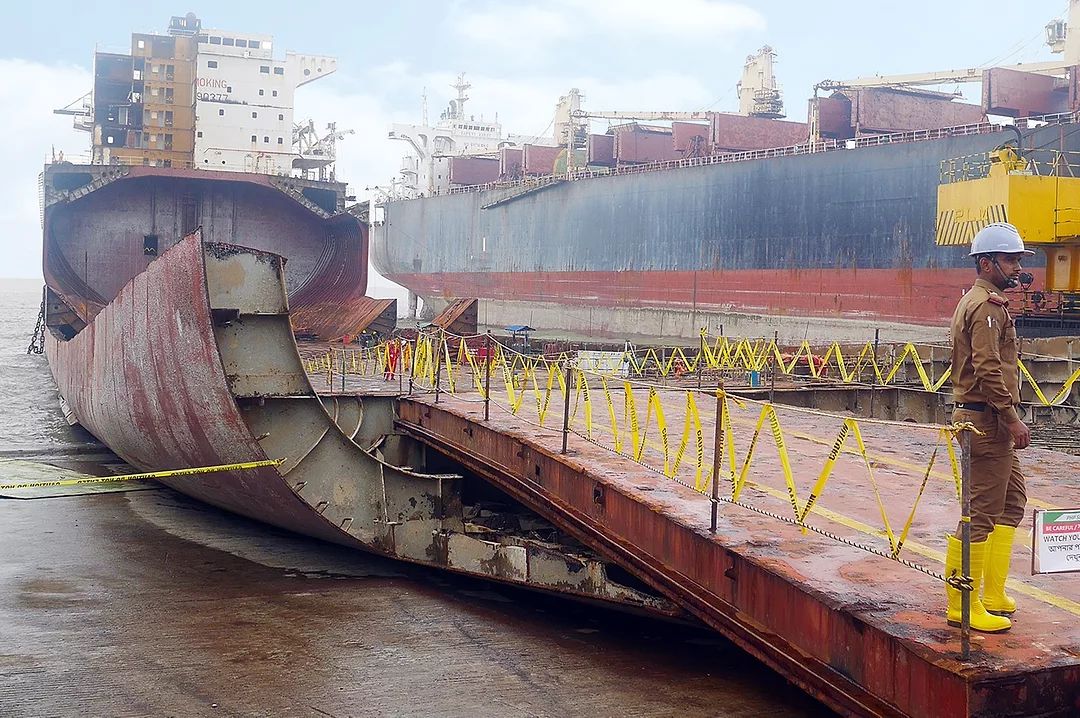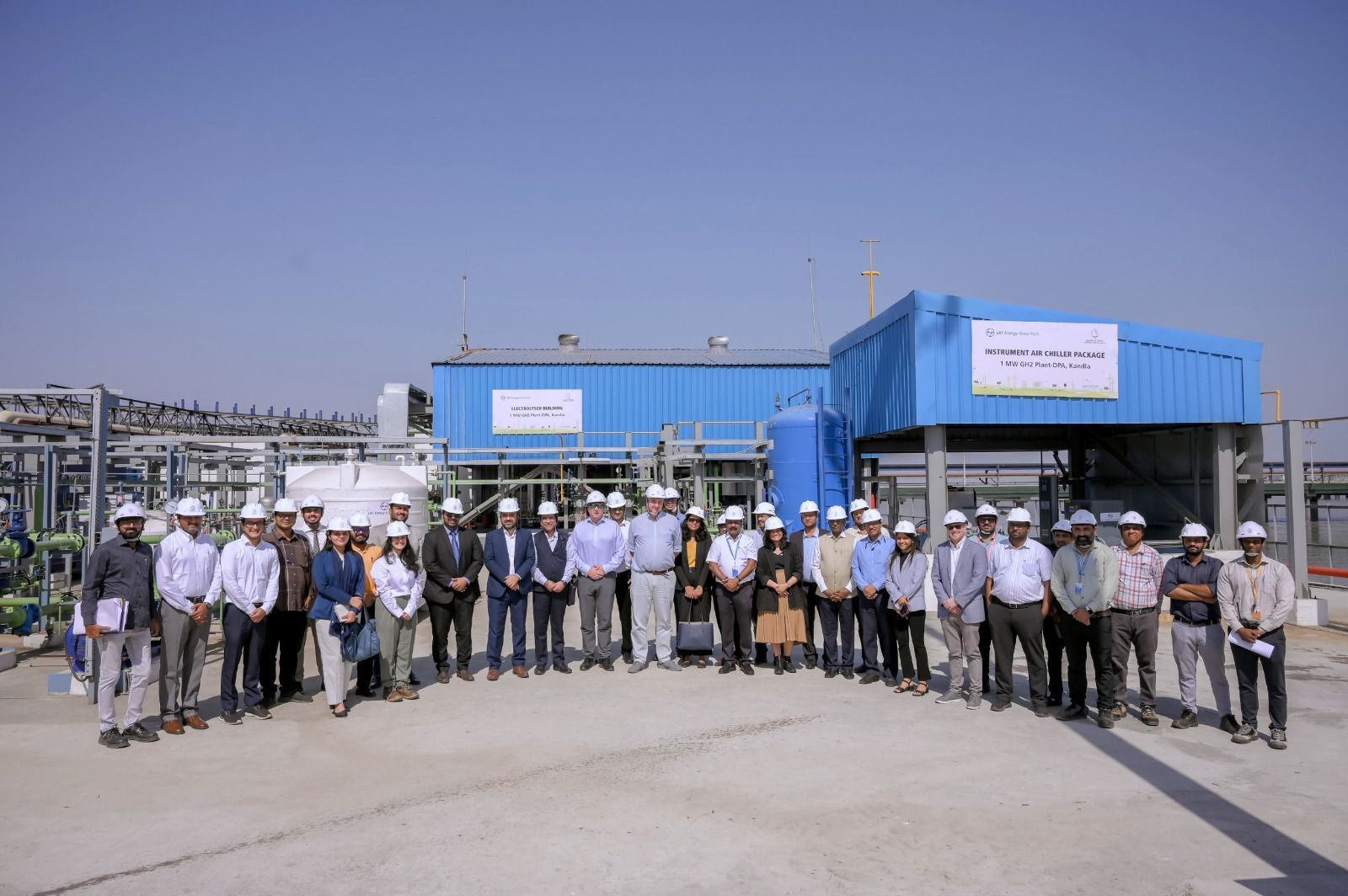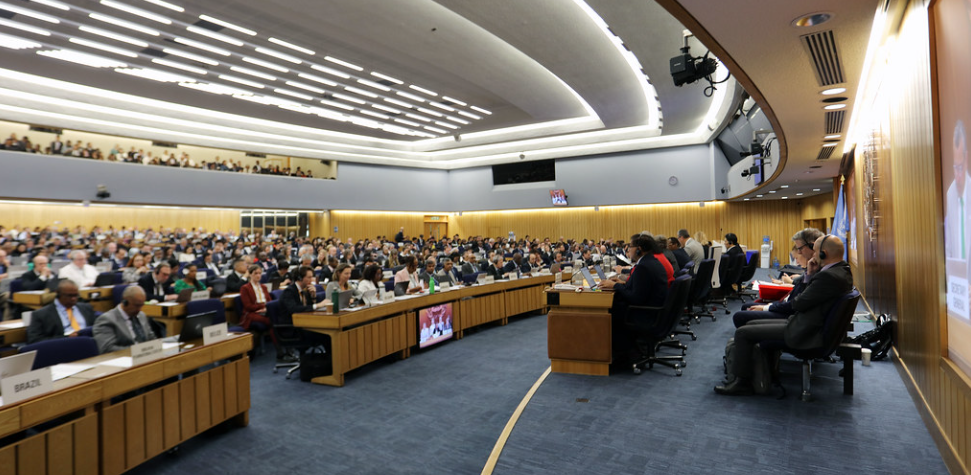India Imposes New Trade Restrictions on Bangladesh Garment Exports Via Land Ports
New Delhi, May 20, 2025 — In a significant shift in bilateral trade policy, India has announced that Bangladesh will no longer be allowed to export ready-made garments through Indian land ports. The decision, effective immediately, was issued via a notification from India’s Directorate General of Foreign Trade (DGFT) on Saturday.

The new directive marks a substantial change in the cross-border trading arrangement that had been in place for years, and comes amid rising trade tensions between the two South Asian neighbours. According to Indian officials, the measure is a direct response to Bangladesh’s recent restrictions on the import of Indian yarn through land ports.
“Bangladesh has recently imposed port restrictions on our yarn exports, allowing them only via sea ports. We have decided to reciprocate by imposing port restrictions on all categories of ready-made garment imports from Bangladesh,” said a senior Indian official familiar with the matter.
From now on, Bangladesh’s garment shipments to India will only be permitted through the sea ports of Kolkata and Nhava Sheva (Mumbai), where they will undergo mandated inspections. This restriction will significantly alter the trade route for Bangladesh, which had been using land ports extensively — with about 93% of its ready-made garment exports to India previously transported through land customs stations and integrated check posts.
Widening Trade Restrictions
India’s move is not limited to the garment sector. The same DGFT notification also announced a wider set of restrictions targeting specific commodities imported from Bangladesh through the northeastern land ports located in Tripura, Assam, Meghalaya, and Mizoram. These include plastic goods, wooden furniture, juices, carbonated and fruit-flavoured drinks, bakery and confectionery products, cotton yarn, and dyes — items that Indian officials say can be locally manufactured.
The restrictions will also be enforced through the northern West Bengal land ports of Fulbari and Changrabandha, effectively tightening trade across almost all major overland routes between the two countries.
“The idea is to create a level playing field for local manufacturers and ensure fair treatment in bilateral trade. We cannot allow trade cherry-picking by our neighbours,” said the official, hinting at a growing unease with Dhaka’s recent trade policies.
Tit-for-Tat Measures Escalate
Tensions escalated earlier this year when, on April 13, Bangladesh halted Indian yarn exports through land ports. This was followed by another restriction on April 15, when Dhaka stopped rice exports from India via the Hili and Benapole integrated check posts in West Bengal. Indian officials interpret these moves as trade barriers that disrupt regional economic integration.
The tit-for-tat actions highlight the fragility of the trade relationship, which had seen a steady improvement during Prime Minister Sheikh Hasina’s tenure from 2009 to 2024. During that period, both countries had worked to develop and modernise land ports, enhancing trade connectivity and boosting regional commerce.
Political Underpinnings
Beyond trade policy, India’s move appears to carry geopolitical undertones. Sources in New Delhi suggest that recent developments within Bangladesh, including the banning of the Awami League by the interim government, have raised concerns about political inclusiveness and stability in Dhaka. These internal political shifts, combined with Bangladesh’s recent trade decisions, seem to have triggered India’s tougher stance.
“The interim government is sending out signals that are not in line with previous bilateral understandings,” the official added, implying that the political environment in Bangladesh is contributing to trade unpredictability.
Regional Coordination
The decision was not made in isolation. Indian officials confirmed that the Chief Ministers of the affected northeastern states and West Bengal have been briefed and are expected to coordinate in enforcing the new trade protocols. There is also a growing belief in policy circles that limiting specific imports through the northeastern corridors could spur domestic industry in those regions.
As India recalibrates its trade relationship with Bangladesh, the long-term implications remain uncertain. What is clear, however, is that trade flows between the two nations are poised for a sharp transformation, driven as much by politics as by economics.
Author: shipping inbox
shipping and maritime related web portal








